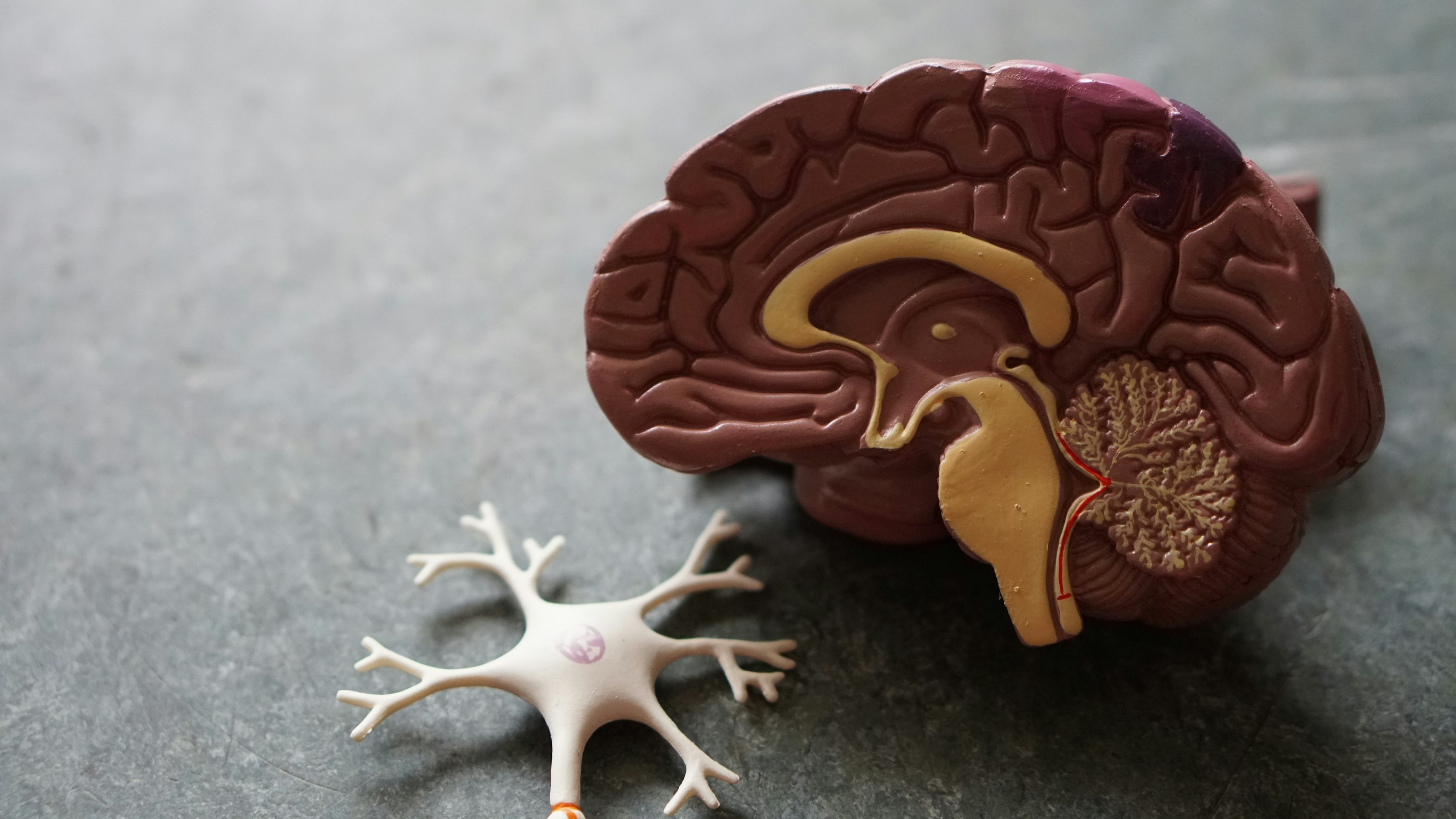We can all imagine our own personal hell of terminal exams, stacked on top of one another, with acres of knowledge to remember. It is the stuff of sleepless nights, for teachers and for our students. And yet, if we teach with memory in mind all the time, we can mitigate our students’ stresses (and our own!) we can make a habit of remembering and learning effectively. ‘Memory for learning’ is not the stuff of last night revision – it should prove a basic tenet of all of our teaching and our students’ learning.
With all that in mind, here are some ideas
1. Active Learning
Students need to think hard if they are to remember what they learn. Of course, their brain can be active, fizzing with ideas and connecting up concepts, without them leaving their seat. ‘Active learning’ in this sense means thinking hard and not passively receiving information. Rather than re-reading class notes, a student summarises the key ideas from the notes and using a graphic organiser to reshape the content into a new, meaningful pattern. The student is actively grappling with the content, reshaping, rehearing, challenging, connecting and more, in novel and creative ways.
2. Using song or rhythm
We know that students remember the words of songs and can sing them verbatim. Using rhythm or songs and chanting them can help them remember concepts. There are many already written and prepared on YouTube, but would be more valuable if the students come up with them on their own. I am sure there aren’t any Year 11 students who do not know the order of the waves in the electromagnetic spectrum due the YouTube song: https://www.youtube.com/watch?v=bjOGNVH3D4Y. What, not you? Well, you’re missing out!
3. Students teaching students
Create opportunities for students to take over the teaching. Ask a group of students to create a presentation on part of the topic. They then deliver this to the whole class. Students will have to be really familiar with the concepts in order that they can teach it. Materials they produce need to be vetted and prepared in advance; roles need to be explicit, alongside timing etc. Planning time is essential, but with clear guidance this strategy really can enhance deeper learning. By harnessing the ‘wisdom of crowds’ we can provide rich feedback and deeper learning (WARNING: if it lacks structure and is poorly led, it could prove a big fat waste of time!).
4. Mnemonics and rhymes
These, often rude, tricks can prove to be larger than life ways to remember a sequence of events. Be careful that they remember the sequence of events as well as the rude rhyme. This is a great website the not only explains the use of mnemonics really effectively, but it also presents some good explanation of how and why of ‘chunking’, combining, using graphics and stories: http://www.virtualsalt.com/learn1.html.
5. Quizzing
Quizzing is one of the ultimate memory strategies. It has to be regular but not too close together, it has to be repeated and it needs to be cumulative. By quizzing/testing we are ensuring that they continue to remember. In the book ‘Making it Stick: The Science of Successful Learning’, they advocate periodic quizzing and testing as recalling facts from memory is more effective than just rereading them. This blog article, by the omni-excellent Andy Tharby, has some good strategies for close questioned quizzing: https://reflectingenglish.wordpress.com/2014/11/09/closed-question-quizzing-unfashionable-yet-effective/ .
6. Memory Palace
This idea has gained prominence as both Sherlock Holmes and Derren Brown advocate the use of it. And what teacher doesn’t take their lead from Derren? It is a classic mnemonic device, or memory aid, it improves one’s ability to remember and recall information quickly. One of the most elaborate devices ever created, a memory palace is an intricate way to store information in the “rooms” of one’s mind. 7. Revision flash cards
These should not be just facts that they can remember but should rather have questions on one side and answers on the back. They can use them to test themselves and also use them for parents and /or students to test them. They are another proven example of effective, ‘active’ learning, drawing on the power of ‘retrieval practice’. The ‘Leitner system’ is a good method for using them for learning – see here: http://www.virtualsalt.com/learn10.html.
8. Deconstruct-rebuild
Students are encouraged to explore concepts by deconstructing them and then rebuilding them, preferably in their own words and with their own pathways being forged. Creating ‘concept maps’, for example, is a well proven strategy. Take a look at this comprehensive ‘concept map’ guide here: http://www.schrockguide.net/concept-mapping.html.
9. Exam/study buddies- group revision
This approach brings lots of benefits. Be specific about your approach to collaborative revision. Get pairs/groups to look at questions and how they might go about answering them, using each person’s ideas and memory to answer the question, rather than just rehashing the same content. This ‘collaborative retrieval’ is a proven memory strategy.
10. Pictures and images – Memory by Association
Not unlike the ‘Memory palace’, students should be encouraged to form associations between words and images, in order that they might remember them better. From using symbols to represent key ideas or words, to doodling and sketching out knowledge into unique structures and patterns, the ‘picture superiority effect‘ is a thing. These concrete images can help better store complex information. As we can see from the list, when we process the tricky subject content into different modes: spoken, written and the visual image, we provide ourselves with more memorable cues.
Come on, who doesn’t love a memorable image?






Comments